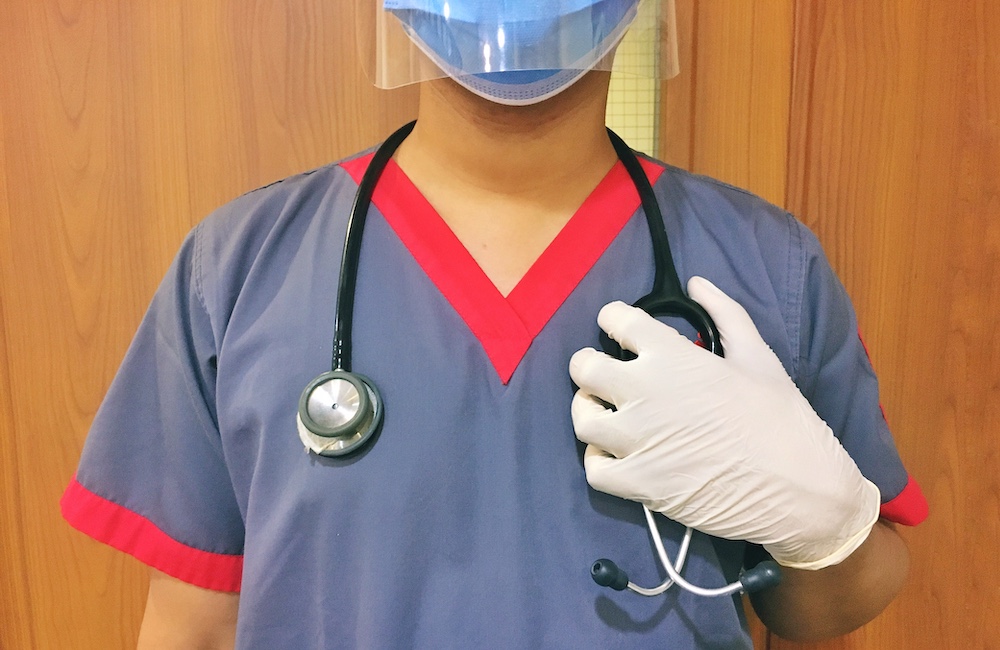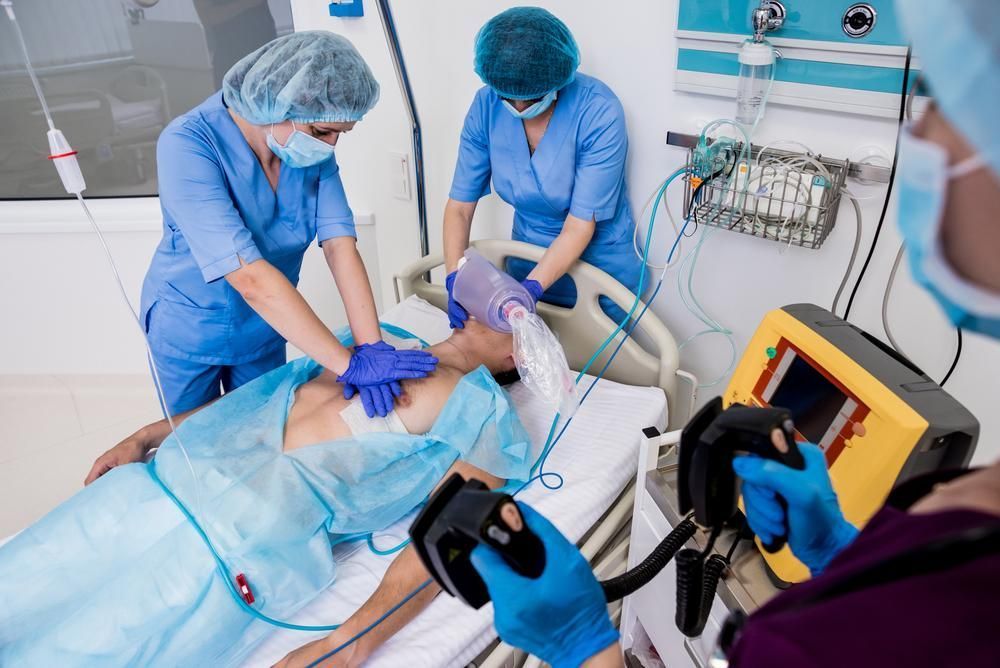The COVID-19 pandemic created an increased demand for nurses on the frontlines. While nurses in the field were being overworked and burnt out, nursing learners anxious to enter the workforce and help were faced with educational boundaries, often the result of a lack of technological resources. When in-personal clinical learners could not be completed and these necessary experiences could not be obtained, some nursing learners fell behind. Yet, since then, many institutions have turned to healthcare simulation education and technology to keep their nursing learners on track and on the path toward clinical practice.
According to healthcare simulation company, Sentinel U, the use of virtual nursing simulations has helped provide real-time feedback on interactive modules that have been shown to give learners more clinical confidence. The company explains that both nursing students and professionals benefit from being able to incorporate these clinical simulations independent of their location and their own schedule – and this became especially true during COVID-19.
Despite being proven as an effective training methodology, not all institutions had healthcare simulation programs or centers up and running prior to the start of the pandemic. This is what left them in a challenging situation when nursing learners were no longer to safely carry on with face-to-face elements of their educational training. To remedy these circumstances, some institutions quickly sought out ways to finance healthcare simulation labs, virtual modules, learning experiences, etc. Some were even able to secure grants enabling them to more quickly and efficiently implement this technology.
For example, recognizing such a need for increased funds to acquire more healthcare simulation education and technology solutions for nursing learners, the Robert W. Woodruff Foundation chose to donate $23.6 million to Georgia State University (GSU) and Grady Hospital to establish a partnership to strengthen the pipeline of education to employment for nursing students.
An article published on the Saporta Report shared that this resulted from, GSU having a higher demand of applicants to the Byrdine F. Lewis College of Nursing and Health Professions than the university can accommodate. At the same time, nearby Grady Hospital is facing a critical shortage of nursing staff. According to the report, this donation allocates $12 million to the university and $11.6 million to the hospital to fund a joint education program. This program will include clinical education opportunities for learners and a new healthcare simulation lab on each site.
This article adds that GSU simply doesn’t have the capacity to train additional applicants, despite their potential to be highly-qualified nurses. They can also turned away due to a shortage of clinical opportunities, a requirement for this nursing program. Further, competition for space among local universities puts pressure on many area hospitals.
By making Grady GSU’s primary clinical partner, most of the university’s learners will now be successfully stationed at the downtown hospital. Thus, the Saporta Report shares that the nursing school accepted 80 learners into its spring cohort instead of the typical 75, with space for 85 students in the fall. By 2024, the program will have resources for 250 learners a year.
As simulation labs are another key component of training, and GSU’s current equipment is reportedly limited and outdated, GSU’s funds will be used to create an on-campus simulation lab in the Urban Life Building in downtown to provide realistic medical scenarios. Grady will also build a high-grade simulation lab and education center at the hospital, according to the article.
In addition to the efforts to train nursing students, the Woodruff Foundation donation will help Grady secure more staff through scholarships for students who commit to working at the hospital after graduation.
“In the simulation lab, you have those mannequins as you see on TV, and they look like a real patient who is coming here for a diagnosis or tests,” Mo said. “This is a place where we can provide a very safe environment for students to learn all the clinical skills before they move into the real hospital environment. If we do something wrong in the simulation lab, nothing major will happen. But you don’t want that situation in a hospital.”
With the lack of available nurses to serve patients, grants like these and subsequent opportunities for nursing learners act as a means to lessen the severity of the current nursing shortage. As more hospitals and institutions adopt the prioritization of clinical simulation and partnerships, nursing learners have a greater chance of being able to enter the field in a timely manner with the necessary training and experience.
Additional Ways Healthcare Simulation is Helping Reduce Nursing Shortage
Using Simulation as a Strategy to Reduce the Nursing Shortage in Wyoming: The University of Wyoming (UW) added a HAL 3201 high-fidelity patient simulator to their program. Limited clinical training sites, lack of qualified nursing faculty, and nurses leaving the profession because of the COVID-19 pandemic have contributed to a nursing shortage across the United States. Using simulation-based training will help UW train nursing students who fill the frontline provider and educator roles needed to reduce the nursing shortage.
Simulations being used as a very real way to eliminate Indiana’s nursing shortage: A new law signed by Indiana Gov. Eric Holcomb in March 2022 aimed to ease the state’s critical nursing shortage. The state estimated that healthcare facilities were thousands of nurses short of meeting the population’s healthcare needs. Yet some schools, especially during the pandemic, had to turn students away because they didn’t have clinical placements available. As a result, House Bill 1003 allowed for more healthcare simulations to replace some of those clinical hours, which would let more learners in nursing schools get more out working in the field.
Houston-area nursing students are learning through mixed-reality simulations: Mixed reality is one way the University of St. Thomas is helping relieve the shortage of nursing educators. This emerging technology projects virtual images onto real-life objects — and entered the curriculum of the accelerated nursing program in Fall 2021. This was when the school’s Shenandoah location in Montgomery County started to explore clinical simulations that gave them “hands-on” experience and exposure to some of the sensitive situations of the job. The first healthcare simulation asked nursing learners to assess a pediatric patient with signs of bruising and scrapes. The learners then put on a mixed reality headset and ran through the scenario like they would in the real world.
65% of nursing education programs adopting virtual simulation: Nurse educators are leading the charge when it comes to adopting new technologies. A 2017 Wolters Kluwer survey found a significant increase in new technologies used in nursing education, including 65% of programs using visual simulation and nearly half expected to use virtual reality within five years. The article shares that, in the next five years, it’s expected that innovative solutions will play a bigger role in nursing programs, including virtual reality for skills development, mobile app use, and, although at a slower pace, analytics tools.








